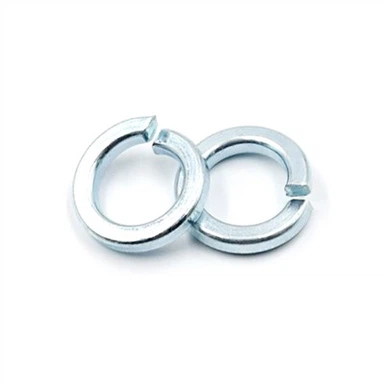Analysis Of Blackening Of Hexagon Bolt And Socket Head Cap Screw
Nov 16, 2022
The common fasteners such as outer hexagon bolts and inner hexagon screws are usually purchased with bright white surfaces, which are all coated with zinc or other electroplating layers on the bolt surface in the later stage. First, they are for beauty, second, for corrosion prevention, and third, they are basically treated according to the user's requirements in order to match the color of the use environment. In fact, in the eyes of our fastener practitioners, the products such as bolts and screws are mainly kept in black in the warehouse of our company. Only when the customer's order requires galvanization, we will re galvanize the existing black bolts and deliver them to the customer. That is to say, by default, we all produce black hexagon bolts and black socket head screws for storage and sales.
There are three main ways to blacken bolts. One is called low-temperature blackening, which is the most common way. It was used more often in the 1980s. Low temperature blackening only turns bolts black, and its fatigue resistance is average. So now, it is basically eliminated. The other is blackening at high temperature. The blackening at high temperature is better than that at low temperature. The blackened bolts have good wear resistance, and the black layer on the surface has certain corrosion resistance, which can also play a role in lubrication during installation and use. Therefore, high-temperature blackening process has been the most widely used one in recent years. The last one is chemical blackening. As far as the process effect is concerned, chemical blackening has also improved the performance of bolts to a certain extent. However, with the improvement of environmental awareness, this kind of process has certain pollution to the environment, so it is basically unnecessary.
The outer hexagon bolt and the inner hexagon bolt must be heat treated before blackening. The oxide ash layer of the surface heat treatment must be cleaned up. In the process of blackening at high temperature, it does not have the effect of cleaning oil stains. If there is dust on the bolt surface, it will have a great impact on the quality. Therefore, after the bolts are degreased, the oil stains need to be removed again with clean water. Blackening is divided into several processes. It is not formed at once. After the first process is completed, it should be left in the air for two minutes to allow its black color to solidify on the bolt surface before the second blackening to consolidate its adhesion
For black bolts, we not only put forward requirements for basic materials, but also standardized their mechanical properties. Therefore, after the bolts are blackened, it is necessary to ensure that their mechanical properties will not be affected, which has certain technical requirements for the pickling process. Although the blackening of bolts is only an auxiliary process, it plays an important role in the stability of various important parameters such as the appearance of bolts, smoothness of use, duration of anti-corrosion performance, and strength of bolts.







